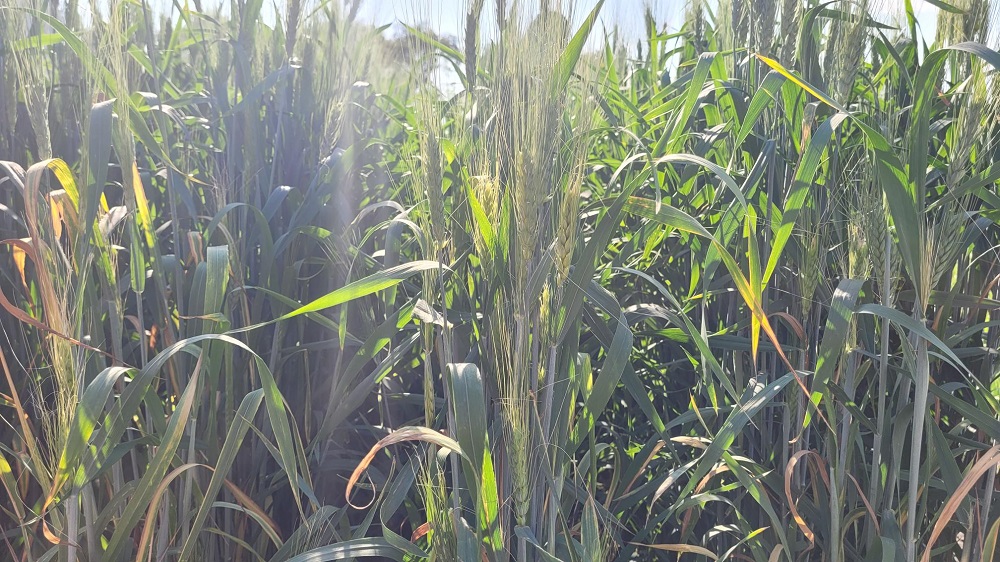India has caught pulse crop exporters by surprise with plans to impose new restrictions on pea imports.
The Indian government introduced stiff tariffs in November 2017, which resulted in sharply reduced Canadian sales.
Tariff rates and quota levels are unchanged, but new measures were announced by the Government of India Directorate General of Foreign Trade on Thursday.
“There may be a minimum import price as well as having all pea imports restricted to one port in northeast India,” said Mac Ross, Pulse Canada’s director of market access and trade policy. “As per usual it comes without any prior notification to India’s global trading partners and it has caused exporters in the trade, in Canada and all over the world, to ask questions regarding how this new requirement will unfold.”
Pulse Canada is working with the federal government and the Canadian embassy in India to get additional details.
Ross says the Global Pulse Federation, which includes Canada, wants India to provide better market signals as they attempt to become self-sufficient.
“While they aim to meet these domestic objectives, they can do so in a predictable and transparent trading environment. One that will benefit them and enable them to have long term food security and supply of pulses,” Ross said.
India is the world’s largest consumer of pulse crops.
“We know they (Indian government) have a very strong mandate to protect the interests of their 120-milllion farmers, who are among some of the poorest in the world,” Ross said.
Pulse Canada wants to reduce its reliance on India by creating more domestic demand for peas, lentils and chickpeas in North America. The pulse sector has set a goal of having 25 percent of Canadian production going into new uses and new markets by 2025.
The consumer trend of including more plant protein in their diets should benefit the pulse sector in the long run.
{CJWW}








